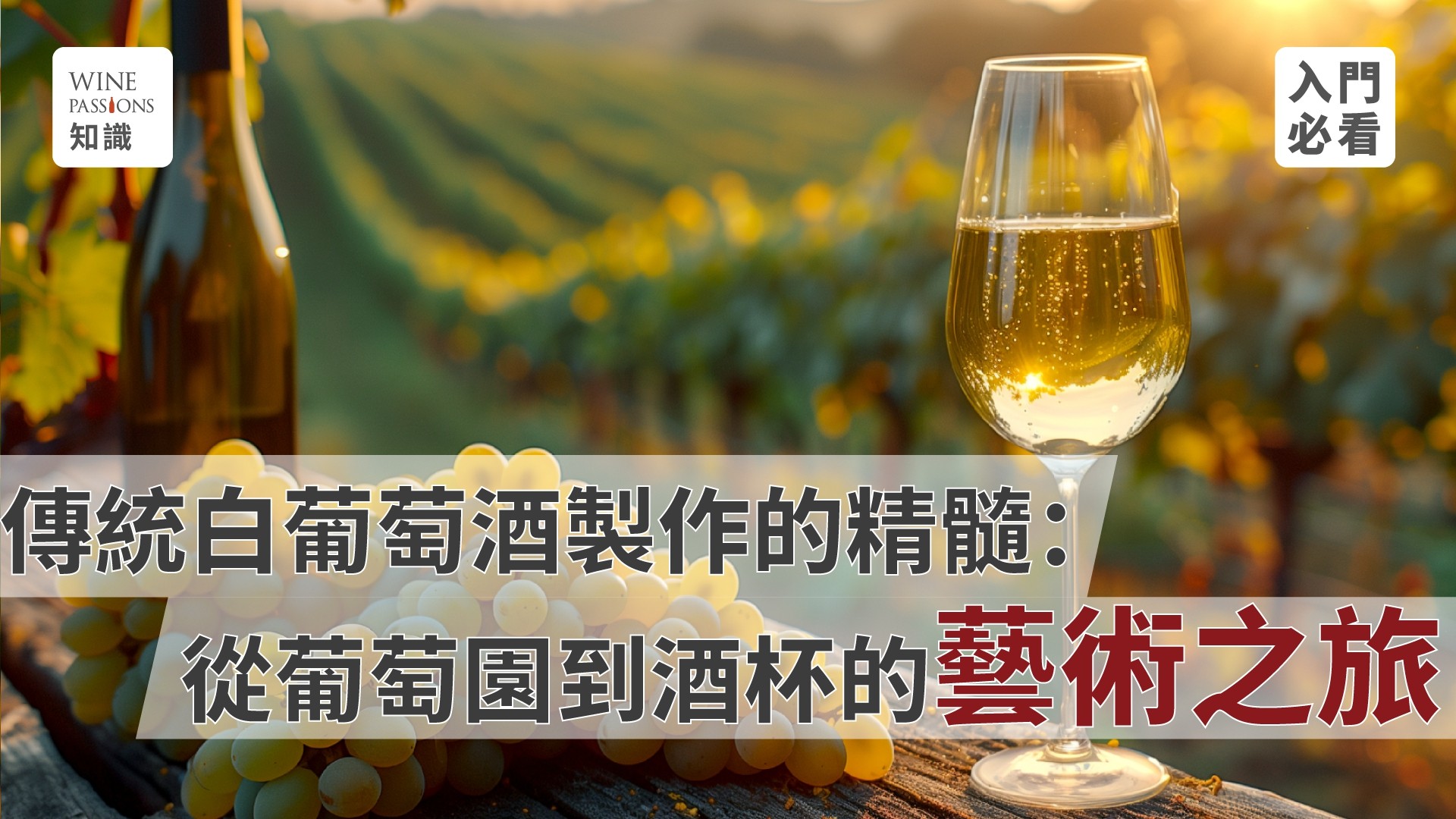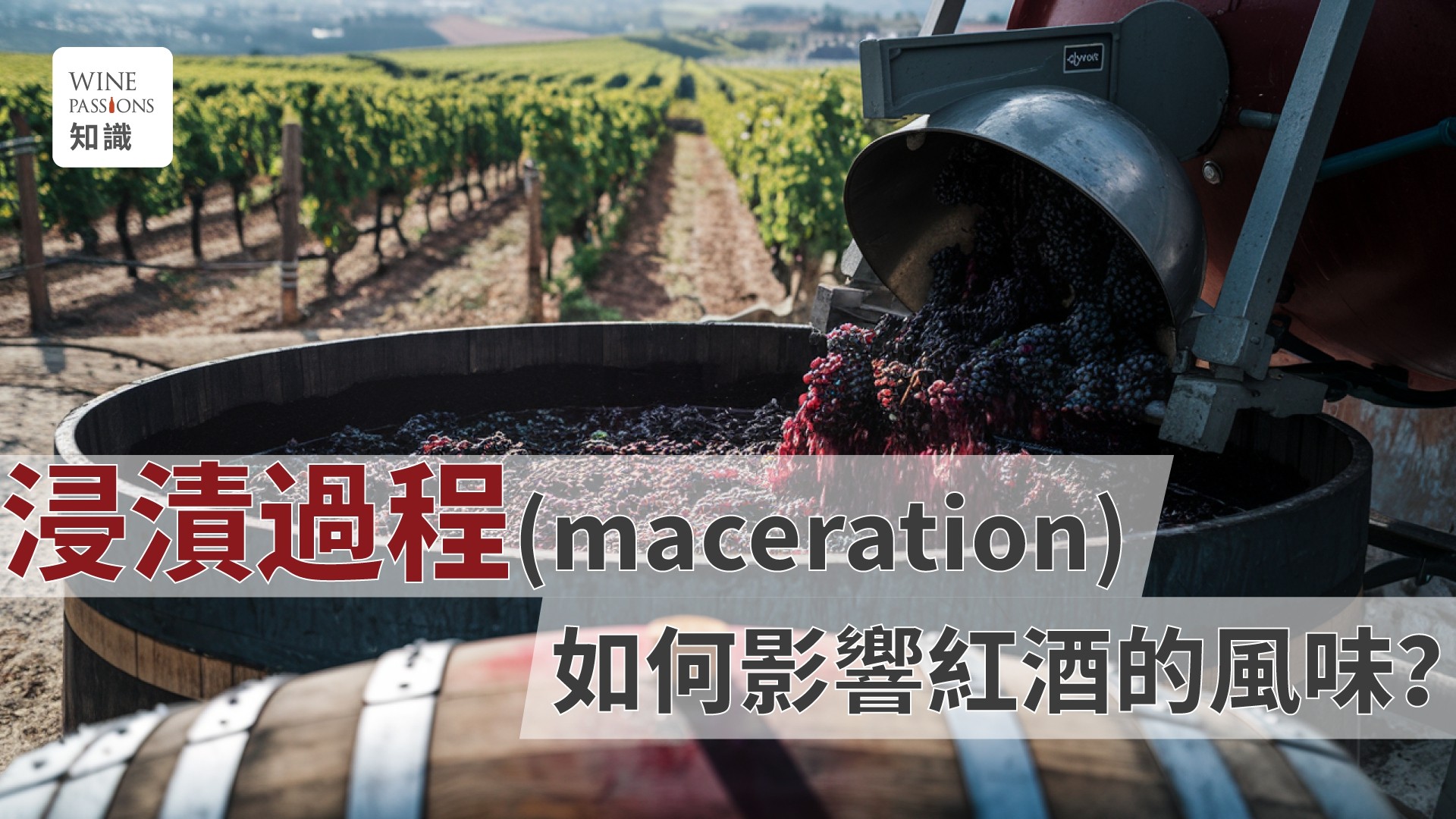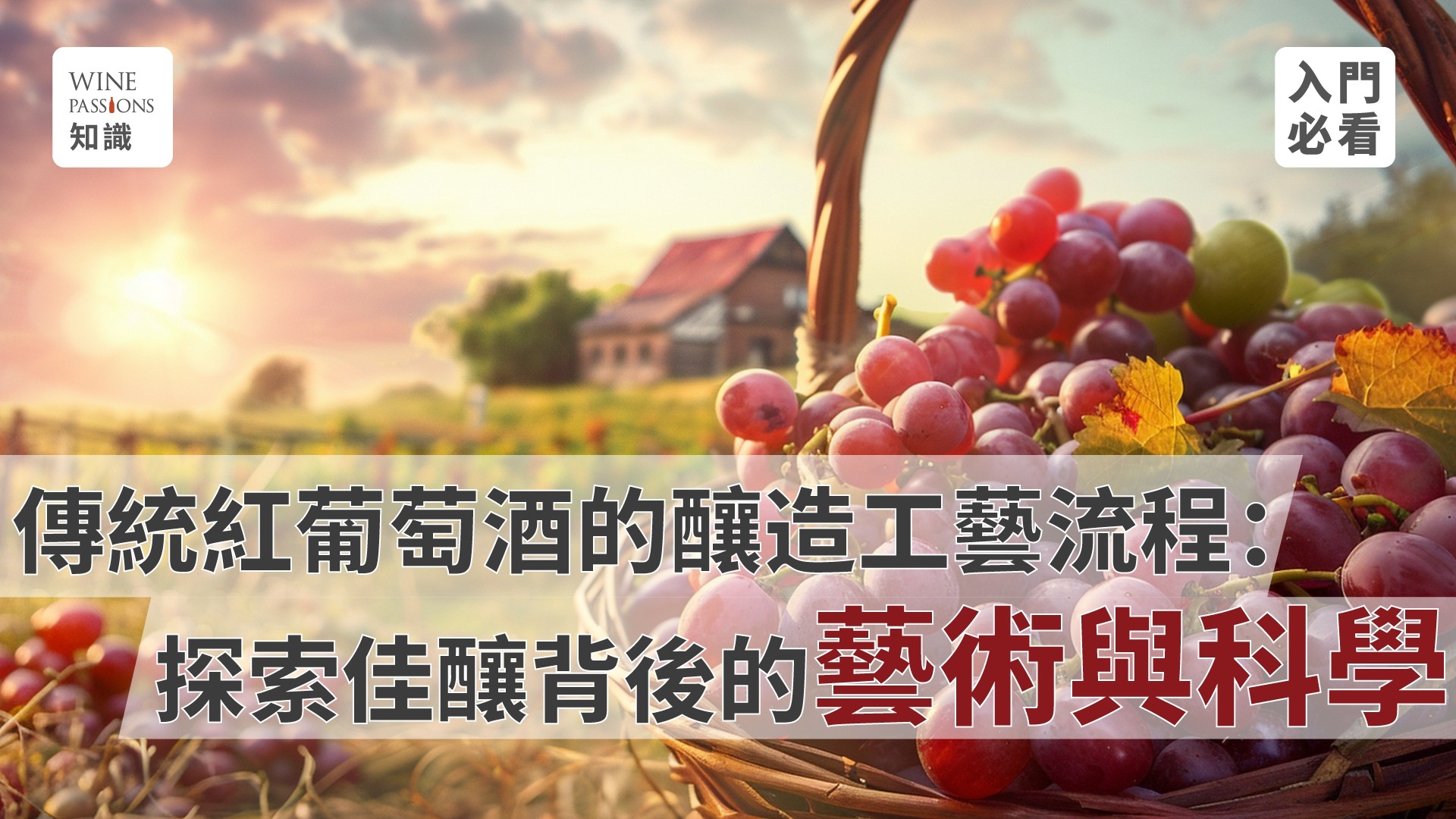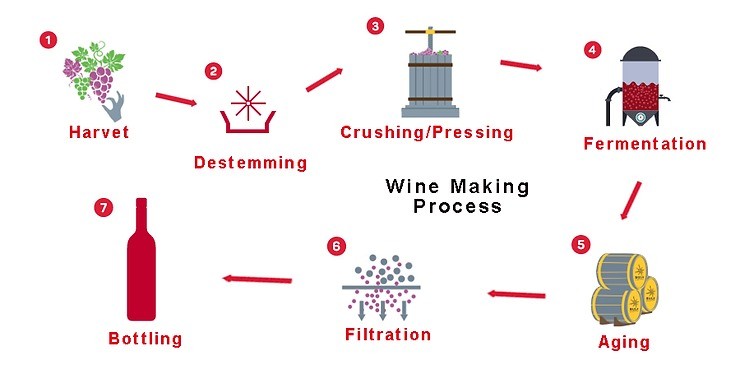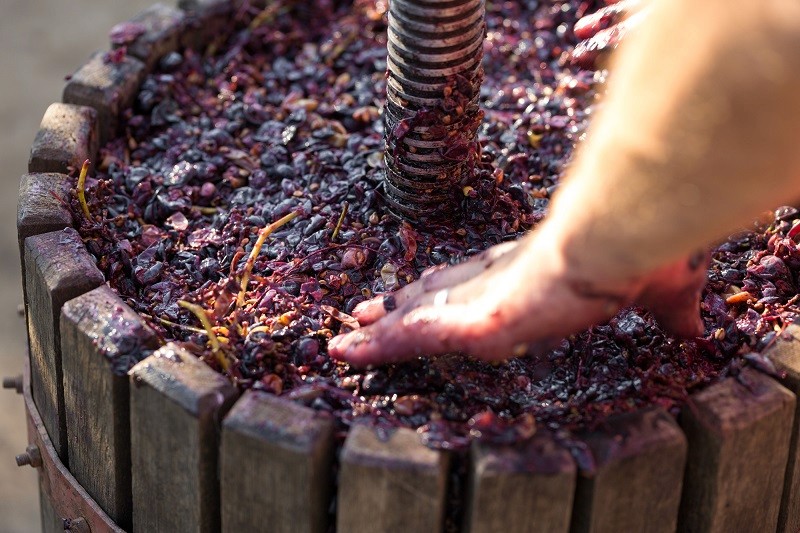Maceration is an essential part of red wine production and is a key step in creating the flavor profile of each red wine. But have you ever been curious about how this process infuses unique layers and textures into your beloved wine? In this article, we will explore in depth the specific effects of the maceration process on the flavor of red wine, including color extraction, tannin extraction, aroma enhancement, complexity of flavor profiles, body and structure, as well as aging potential.
What is maceration?
Maceration is the process of bringing together the grape skins, pulp, seeds, and juice. During this stage, important pigments, tannins, and aromatic compounds are gradually extracted from the skins and seeds, blending with the grape juice. This process plays a crucial role in the color, structure, aroma, and complexity of red wine.
In simple terms, maceration is the “boiler room” of red wine flavor!
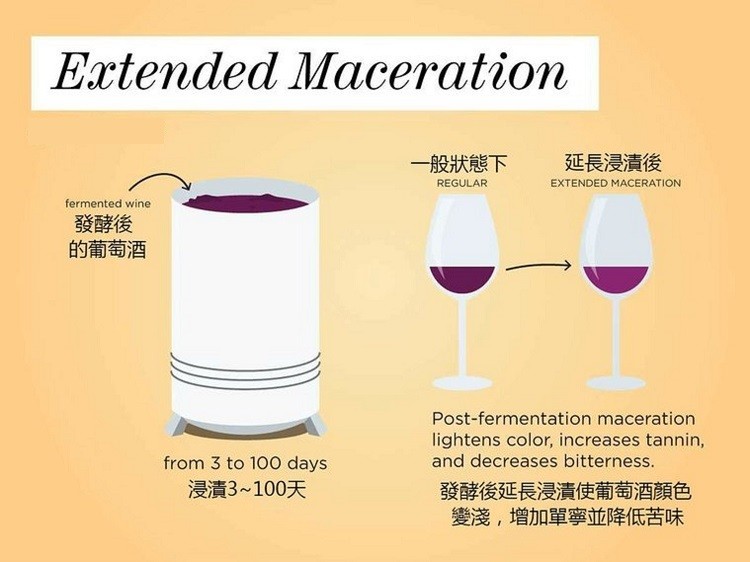
*Source: Wine Folly
What can maceration change?
The maceration process determines how much compound from the skins, seeds, and other parts the grape juice can absorb. Here’s how maceration affects different aspects of red wine characteristics:
1. Color extraction
The grape skins contain a large amount of anthocyanins, which are the main components that give red wine its color. During the maceration process, over time, anthocyanins gradually dissolve into the juice, giving the wine a deep and rich red color.
Color depth: The longer the maceration time, the deeper the color of the wine usually becomes. This is especially important for winemakers seeking to present a rich color in red wines (such as Cabernet Sauvignon or Syrah). Research indicates that the optimal maceration time is generally between 3 to 6 days, during which the best color extraction effect can be achieved; however, extending the time too long may lead to a loss of color, as the pigments in the skins may be reabsorbed or combined with other components.
Temperature effects: The temperature during fermentation can also influence color extraction. Higher fermentation temperatures (typically between 29°C to 35°C) can promote the release of more anthocyanins and other phenolic compounds, which helps enhance the color intensity of the wine.
2. Tannin extraction
Tannins are vital components derived from grape skins, seeds, and stems that not only provide structure to red wine but also influence mouthfeel and aging potential. During the maceration process, tannins gradually dissolve into the wine, resulting in a final product that is smoother and more layered.
Structural mouthfeel: A moderate amount of tannins can provide the necessary structure for red wine and make it smoother over the aging process. According to research, tannins are released rapidly in the early stages of fermentation, but their release rate slows over time. Therefore, winemakers must precisely control the maceration time to achieve the desired tannin level.
Bitter control: If tannins are too abundant, they can lead to an overly astringent mouthfeel, so winemakers need to regularly check the wine during maceration to ensure that tannins do not become overly prominent.
3. Aroma enhancement
Maceration not only extracts color and tannins but also releases aromatic compounds from the grape skins. These aromatic compounds include fruity aromas, floral notes, and spice notes, which are critical for the overall flavor of the red wine.
Fruit and floral aromas: During maceration, winemakers can choose different soaking times to emphasize specific aromas. For example, shorter maceration times may retain more fresh fruit aromas, while longer soaking may introduce more complex spice or earthy flavors. This decision is often adjusted based on the grape variety used and the desired style.
Aromatic compounds: In addition to basic fruit aromas, maceration can also extract some aromatic compounds, such as volatile esters and alcohols, which help enhance the overall aromatic complexity of the wine, making it more appealing during tasting.
4. Complexity of flavor profiles
Through maceration, red wine can develop a more complex flavor profile. Over time, various components in the wine (such as acids, sugars, tannins, etc.) interact, creating a unique and rich flavor.
Multi-layered flavors: Properly macerated red wine usually has a deeper and more layered flavor profile, allowing tasters to experience different layers of aroma and mouthfeel variations. For instance, a Syrah that has undergone prolonged maceration may exhibit multiple flavors such as blackberry, black pepper, and smokiness, all stemming from the interactions between different components.
5. Body and structure
The maceration process also affects the body feel of red wine. Longer maceration times can increase the solid components in the wine, resulting in a fuller and more structured final product.
Balance and coordination: Good maceration control helps achieve a balance between acidity, tannins, and fruit flavors, making the overall mouthfeel more harmonious. This balance is one of the critical indicators of producing high-quality red wines.
Increased thickness: With the increase of solid components (such as phenols and tannins), red wine generally displays a thicker and rounder mouthfeel, leaving a lasting and pleasant impression on the palate.
6. Aging potential
Proper maceration can enhance the aging potential of red wines. Over time, tannins gradually soften, and the flavors become rounder and more complex.
Mature flavors: During the aging process, red wine that has undergone proper maceration can develop more mature and rich flavors like leather, spice, and dried fruit, making it more appealing during tasting. These mature flavors typically require several years of aging to fully reveal, so selecting the proper maceration time is crucial for its future aging potential.


